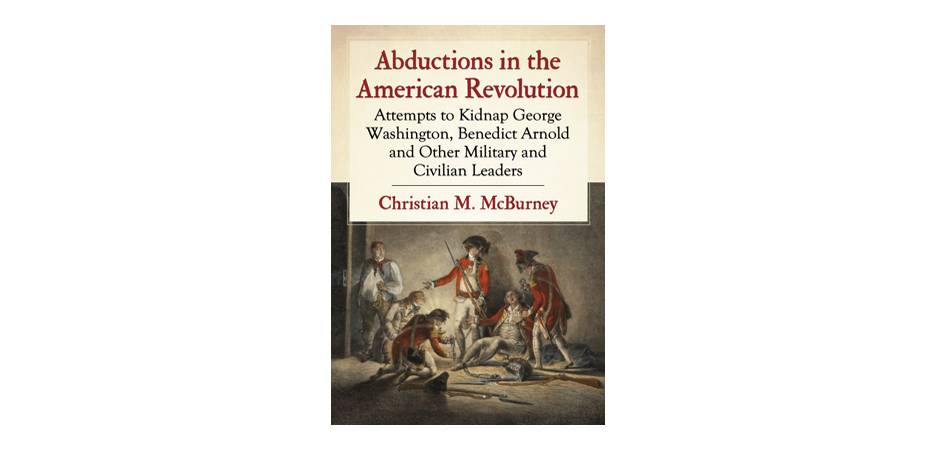Project Description
The tactic of kidnapping enemy leaders, used in recent wars in Iraq and Afghanistan, dates to the American Revolution. George Washington, who called such efforts “honorable,” supported attempts to kidnap the British commander-in-chief (twice), Benedict Arnold (after he turned traitor), and Prince William Henry (a future king of Great Britain). Washington in turn was targeted at his Morristown winter headquarters by British dragoons who crossed the frozen Hudson River. New Jersey governor William Livingston performed a patriotic service by going to considerable lengths to avoid numerous abduction attempts. Washington did the same.
Sometimes these operations succeeded, as with the spectacular captures of Continental Army Major General Charles Lee, British Army Major General Richard Prescott, Connecticut’s Brigadier General Gold Selleck Silliman, Massachusetts’s Brigadier General Peleg Wadsworth, and North Carolina’s Governor Thomas Burke. Sometimes they barely failed, as with the violent attempt by British secret service operatives against Major General Philip Schuyler, the mission by British dragoons against Thomas Jefferson at Monticello, and even John Champe’s plan to nab Benedict Arnold in New York City.
Some of the abducted, such as signer of the Declaration of Independence Richard Stockton and Delaware’s Governor John McKinly, suffered damage to their reputations. The kidnapper risked all—if caught, he could be hanged—and some were, including Isaac Hayne in South Carolina, William Riddle in North Carolina, and Joseph Bettys in upstate New York.
This book covers more than thirty major attempted and successful abductions of military and civilian leaders from 1775 to 1783, from Maine to Georgia, and including two in Great Britain.
Book Availability:
Wakefield Books; Kingston Hill Book Store
A lot of what you will read . . . will be new. . . . McBurney incorporates fascinating asides throughout the book . . . . These “what ifs” are just another way McBurney made me feel like I was reading all of this history for the first time. At no time did I begin skimming, a technique I use when I approach facts about tired Revolutionary history. . . . The breadth of research Christian McBurney invested into this book is astounding.

